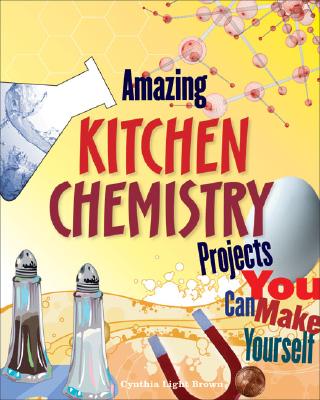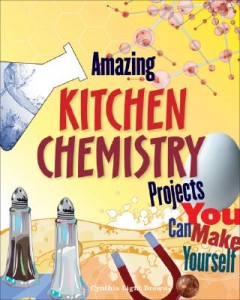Last week I posted a review of ZOO SCIENTISTS TO THE RESCUE here. Today I’m honored to follow up on that post with an interview with both of the book’s creators, author Patricia Newman and photographer Annie Crawley, as part of their blog tour. Enjoy, and be sure to check out the rest of the stop in the blog tour, too! (See below for a complete list.)
LAT: How did you first become interested in doing a book about zoo scientists in general, and about these three in particular?
 Patricia: When my niece was in fifth grade, she told me about a persuasive essay her teacher assigned. The topic was zoos—are they good or bad? Only the teacher didn’t provide a balanced look—most of the literature she shared with the kids was anti-zoo. As the mother of a zookeeper, I knew my niece—and kids like her—needed the other side of the story. That experience planted the seeds for Zoo Scientists to the Rescue.
Patricia: When my niece was in fifth grade, she told me about a persuasive essay her teacher assigned. The topic was zoos—are they good or bad? Only the teacher didn’t provide a balanced look—most of the literature she shared with the kids was anti-zoo. As the mother of a zookeeper, I knew my niece—and kids like her—needed the other side of the story. That experience planted the seeds for Zoo Scientists to the Rescue.
Patricia: During my initial research, I learned that zoos tackle conservation using three basic approaches: visitor education; captive breeding and reintroduction programs; and in situ study, or studying wildlife in their native habitats. I searched for several months, conducting brief phone interviews with people at various zoos to find the best match. Not all zoos are large enough to have research departments, and the largest zoos often charge an hourly fee to interview their scientists. Some even charge hefty licensing fees to write about their “intellectual property.” But finally, the pieces slid into place only slightly denting my bank account. I found three charismatic species (orangutans, black-footed ferrets, and black rhinos) and three scientists willing to speak to me who address the three main ways zoos promote conservation. And this was all before I’d written a word!
 Annie: I was born and raised in Chicago, Illinois. Lincoln Park Zoo connected me with nature on a very deep level. It is open 365 days a year and it is free, so for a Mom with four kids that was important. All summer long we would go to the zoo in the morning and North Avenue Beach in the afternoon. We would get to know the animals. In 5th grade I learned that all of our Great Apes needed protecting. I signed up for a special Behind the Scenes program for students. This program had us working with the scientists, keepers, and access to so many wildlife leaders. Zoos had a great impact on my life and the way I choose to live my life. When Patti approached me to work with her on Zoo Scientists to the Rescue, I was all in. It is vital for kids/teens to connect with nature and conservation and I believe Zoo Scientists to the Rescue will inspire many families to protect our world.
Annie: I was born and raised in Chicago, Illinois. Lincoln Park Zoo connected me with nature on a very deep level. It is open 365 days a year and it is free, so for a Mom with four kids that was important. All summer long we would go to the zoo in the morning and North Avenue Beach in the afternoon. We would get to know the animals. In 5th grade I learned that all of our Great Apes needed protecting. I signed up for a special Behind the Scenes program for students. This program had us working with the scientists, keepers, and access to so many wildlife leaders. Zoos had a great impact on my life and the way I choose to live my life. When Patti approached me to work with her on Zoo Scientists to the Rescue, I was all in. It is vital for kids/teens to connect with nature and conservation and I believe Zoo Scientists to the Rescue will inspire many families to protect our world.
LAT: I so agree. As a zoo lover myself, it was really heartening to read such a thorough, well-researched (and gorgeous!) look at the good work that zoos are doing. Besides me, what kind of reader do you think ZOO SCIENTISTS will appeal to?
Patricia: I write for the kid who asks questions about animals and our world; the kid who wants to protect wildlife; the future scientist; the future writer with a passion for the environment; or the voracious reader. But way at the back of my mind, I write the kinds of books I would have liked to read as a kid.
Annie: Similar to Plastic Ahoy! Investigating the Great Pacific Garbage Patch, this book is targeted to 3–8 grade students. I have had pre-sale copies and shared it with many… and young and old truly love this book. Every time I read it, I am even more inspired into action. It will appeal to nature lovers, zoo enthusiasts, scientific minds, and anyone who wants to learn more about our world. More important, I think anyone who reads Zoo Scientists to the Rescue will want to help our world!
LAT: I think it’s hard to read this book (or Plastic Ahoy!) and not come away with an enhanced passion for science, the environment, and doing what we can to help. What was your favorite part of making ZOO SCIENTISTS?
Patricia: I love to get to know the scientists. They always inspire and amaze me, and I hope they will inspire young readers to follow in their footsteps. I keep in touch with the scientists I interview to find out where science takes them and how their research grows and develops.
Annie: Getting kissed by Maku, a black rhino!
Annie: My favorite part of making this book was traveling together with Patricia and being able to be a part of all of the interviews so that I knew the kinds of images (both photo and video) that would be important to tell the story. My favorite trip was of course traveling to Chicago and to document black rhinos and Dr. Rachel Santymire at the Lincoln Park Zoo. Currently I live in Seattle, so to be able to create a book featuring a scientist from a zoo that helped shape who I am, and one where I spent hundreds and hundreds of hours of my youth was very exciting. We got a tour of the back area of the rhino exhibit and then worked with Maku’s keeper in the exhibit so that I could get some great photos. It’s the shoot we did that the cover of the book came from. During the shoot, the keeper would work with him and feed him snacks. She let me give him one and the next thing I knew Maku kissed my hand.
LAT: That is so cool! It sounds like it really was a treat for both of you to work on this project. What was the hardest part of the making ZOO SCIENTISTS, and how did you deal with that?
Patricia: For me, the hardest part was lining up the three zoos. After the zoos, the animals, and the scientists fell into the place, the rest of the book was a breeze in comparison!
Annie: Time is the hardest part of making any book. Shooting with Jeff Baughman at the Cheyenne Mountain Zoo was very challenging photographically on many levels. We were given permission to shoot at the breeding facility, but there were many points to consider. Their main goal is to breed black-footed ferrets to reintroduce into the wild. BFFs are nocturnal, solitary animals that do not do well with stress. They also need dim lighting. So not knowing any of this in advance, I had to work very efficiently in low light to capture these charismatic animals.
LAT: I can certainly understand the difficulty of the research and logistics to line up the three zoos and their projects, Patricia, and I’m so glad it worked out. But I can’t even imagine how you came up with such great photos in that kind of environment, Annie. Hats off to both of you! During your research, did anything surprise you, catch you off guard, or make you change your planned course for making ZOO SCIENTISTS?
Patricia: I didn’t come across any surprises that made me change course, but I’m always surprised by the coolness of the science and how scientists solve problems. The story of black-footed ferrets being saved from the brink of extinction, not once but twice, is truly astonishing!
Annie: We feature Meredith Bastian from Smithsonian’s National Zoological Park. We were able to interview her while Patricia and I were in Washington, D.C., accepting a Green Earth Book Award for Plastic Ahoy! We had a very limited time with the scientist and only were granted permission the day before we arrived. In our allotted one hour, we interviewed her, but had no time to photograph her with the orangutans nor did we have access on a level that we were given at the other zoos with the animals. It was also a very cloudy/rainy day so the orangutans were not very cooperative! Because I knew we needed to get orangutan images for the book from other zoos, I started hanging out at my local zoo in Seattle, the Woodland Park Zoo, to capture images. In addition, I was traveling to Australia and made a point to go to the Melbourne Zoo. Their orangutan exhibit is phenomenal and really helps educate people on how farming palm oil can be so destructive to our environment.
LAT: I was astonished by the story of the BFFs, too. And, as a Seattleite myself, I love visiting the orangutans at the Woodland Park Zoo. How neat to know that they are pictured in ZOO SCIENTISTS! I’m always curious about other writers’ and illustrators’ (including photographers’!) research processes. Can you tell us about yours? Did you plot the basic outline first, then fill in the blanks with research? Or did you immerse yourself in the research first, then feel your way into the structure? I see you did a lot of email and phone interviews—did you have to go back and forth to complete the stories? Were there any fun facts that got cut that you were sad to see go?
Patricia: When I write for Millbrook Press, I have to submit a formal proposal which provides a basic overview of the idea, describes the chapters, and gives the acquisition committee an idea of where this book would fit in the market. In order to complete the proposal, I conduct short informational interviews with the scientists by phone. During these interviews, I try to find out the broad strokes of their story and whether they are willing to commit the necessary time to lengthy in-person interviews, clarification questions, and vetting the final manuscript. Once I have a scientist’s buy-in, I can craft the proposal and hopefully give my editor some idea what my narrative thread might be.
Patricia: When the acquisitions committee gave me the go-ahead on Zoo Scientists to the Rescue, Annie and I made three trips to the three different zoos to interview the scientists and photograph/film them at work. We braved a spring blizzard, backed away from a charging rhino, and laughed when a chattering black-footed ferret told us exactly what he thought of our intrusion on his space!
Patricia: And as for cutting fun facts, never! I re-word and re-imagine before I cut anything fun. The writing was all about the fun. Why wouldn’t I share that with readers at every opportunity?
Annie: Patricia and I traveled together for all of the interviews. She shared with me many of the papers the scientists had written and we dug deep into who they were. Being able to document with photos and videos always takes research because the more you know about your subject, the more knowledge you can bring to your creative approach. Once the first draft was written, I knew I had to document many other animals. At this time, I became a zoo stalker with my camera. I spent weeks at the Woodland Park Zoo in Seattle getting to know the animals so that I could look for special moments. A photographer also has to wait for light for the subjects. Early morning and later afternoons in the fall gives you a golden light.
LAT: Oh, I love getting that insight into the process. What was your larger goal, i.e. what were you trying to give readers of ZOO SCIENTISTS as a takeaway?
Patricia: A Senegalese forestry engineer by the name of Baba Dioum presented a paper at a 1968 meeting of the IUCN. In his paper he said, “In the end we will conserve only what we love; we will love only what we understand; and we will understand only what we are taught.” When I write books like Zoo Scientists to the Rescue or Sea Otter Heroes or Plastic, Ahoy!, I want readers to come away with a newfound respect for our connection to the natural world. Our habits matter because they create ripples across the globe. So, whether we conserve energy to reduce climate change, learn to appreciate the role an apex predator plays in its ecosystem, reduce the amount of single-use plastic in our lives, or buy products that use sustainably-sourced palm oil, we choose to create positive ripples that help preserve the breathtaking abundance of biodiversity on our planet.
Annie: When photographing/filming I always want to document and help viewers see what a writer/script needs to tell a story. Zoo Scientists to the Rescue captures what people are doing to help save endangered species and their environments. I’m hoping that all of our readers feel inspired into action to help protect our world.
LAT: Well said, and I do think you succeeded. In addition to teaching something to our readers, I believe every book teaches us something new–about the world, about
ourselves, or about the craft of creating. What have you learned as a result of making ZOO SCIENTISTS?
Patricia: Every time I write a book about an aspect of the environment, I’m reminded that scientists find new connections all the time between humans and the plants and animals that share our planet. I guess that’s job security for me, but it’s also a wake-up call for young readers. Without a clean ocean will there be enough food to eat or oxygen to breathe? Without predators like black-footed ferrets or sea otters, how will their respective ecosystems thrive? And without large animals like orangutans and black rhinos, will the smaller animals also disappear? Despite what our current administration seems to think, humans are not “entitled” to use and abuse the world’s natural resources without giving back. We have to conserve for the future.
Annie: Zoos are really important places in our world for conservation, education, inspiration and so much more. If the habitat of the orangutan disappears because of our need for palm oil, the orangutans disappear. If black rhinos are killed to extinction because of poachers, then the human population has failed to protect the animals in need of our protection. There is so much destruction happening all around needing to be documented, shared, and reversed. I’ve learned we all need to raise our voices together and do everything possible to protect our world.
Annie: Climate change is real and our ocean is the great regulator of our planet. The weather affects all the regions of the world. People always look at our planet from a people point of view… and I have always looked out for the animals. We told the stories of these three animals and their environment through the lens of people helping them… while other people are trying to destroy the very same animals.
Annie: This is the second title Patricia and I co-created with editor Carol Hinz and entire Lerner Publishing design/marketing crew. It reinforced how much I truly appreciate the team effort to take a book from your imagination into one you can hold in your hands and share with others. It was Margaret Mead who said, “Never doubt that a small group of thoughtful, committed citizens can change the world; indeed, it’s the only thing that ever has.” With this book, we are hoping to inspire people into action to protect our world!
LAT: Thank you for sharing those important lessons with us. What are you both working on next?
Patricia: Annie and I have are mulling over a few possibilities for our next book, but you can bet we’ll come up with something. In the meantime, I have two books coming out in 2018: a picture book called Neema’s Reason to Smile (illustrated by the talented Mehrdokht Amini) which tells the story of a Kenyan girl who yearns to be more, and another middle-grade nonfiction science book called Eavesdropping on Elephants which follows scientists who study forest elephants simply by listening to them. I’m extremely excited about both of these titles because they held kids become global citizens in very different ways.
Annie: Although Zoo Scientists to the Rescue officially launches in October, we still have so much to do! We just finished our trailer and are hoping schools and organizations will welcome us to come inspire and speak. We are planning a 30-Day Challenge for everyone to do one thing every day that will help #ProtectOurWorld
Annie: My Uncle Al always said, “Annie, have your fingers in 12 different project ideas…” As I’m writing this, I am on my way to film whales in Tonga. Three days ago, I was in the San Juan Islands off the coast of Bellingham, WA, documenting the environmental disaster of the Cooke Salmon Farm net catastrophe which released 300,000 farmed Atlantic Salmon into the Puget Sound/Salish Sea. In June I was in the Arctic Circle. And I’m also laying the groundwork on a larger project I’d like to work on with Patricia.
LAT: These projects all sound so exciting! I’m looking forward to hearing more about them all when the time comes. Is there anything you wish I would’ve asked you but didn’t?
Patricia and Annie: You were very thorough, Laurie, and asked us great questions! Thank you so much for participating in the blog tour. We are very grateful to you for wanting to write about us and share our story with your readers. Perhaps we can close with a statement:
We truly hope our story and reading the book Zoo Scientists to the Rescue will inspire others to act. The orangutans, black rhinos, and black-footed ferrets would not be with us today if it were not for people giving them a voice. Yet, they are endangered because of people. We all need to raise our voices together, take an action every day, and share with your friends, family, and colleagues what you are doing and why. We need to work together to #ProtectOurWorld.
LAT: I think that’s a great way to close. Thank you so much, Patricia and Annie, for answering my questions and for your dedication to bringing great books like ZOO SCIENTISTS into the world. I am sure YOUR actions will have many ripple effects around the world.
Catch up and follow along with the rest of the blog tour here:
To download posters with information about the 30-day #ProtectOurWorld journal challenge, click here.
Thanks for visiting!

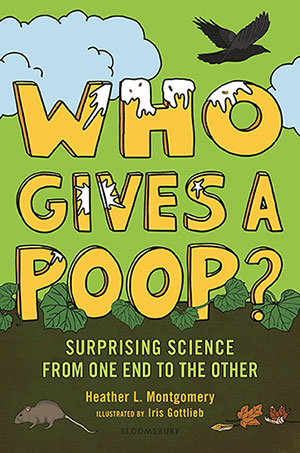


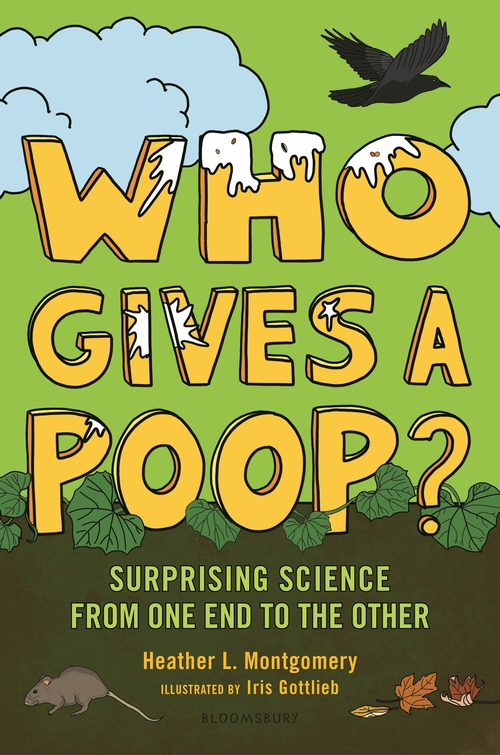
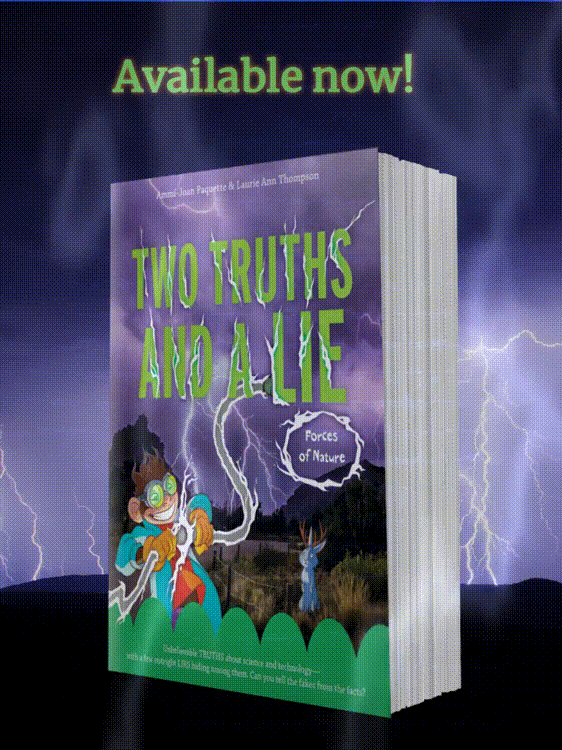
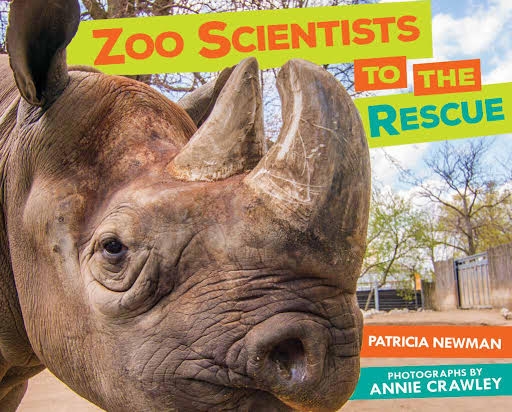
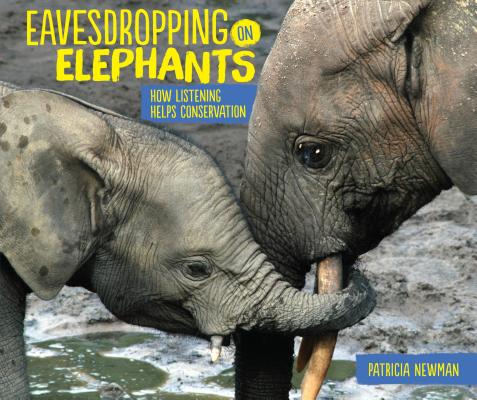

 Patricia: When my niece was in fifth grade, she told me about a persuasive essay her teacher assigned. The topic was zoos—are they good or bad? Only the teacher didn’t provide a balanced look—most of the literature she shared with the kids was anti-zoo. As the mother of a zookeeper, I knew my niece—and kids like her—needed the other side of the story. That experience planted the seeds for Zoo Scientists to the Rescue.
Patricia: When my niece was in fifth grade, she told me about a persuasive essay her teacher assigned. The topic was zoos—are they good or bad? Only the teacher didn’t provide a balanced look—most of the literature she shared with the kids was anti-zoo. As the mother of a zookeeper, I knew my niece—and kids like her—needed the other side of the story. That experience planted the seeds for Zoo Scientists to the Rescue. Annie: I was born and raised in Chicago, Illinois. Lincoln Park Zoo connected me with nature on a very deep level. It is open 365 days a year and it is free, so for a Mom with four kids that was important. All summer long we would go to the zoo in the morning and North Avenue Beach in the afternoon. We would get to know the animals. In 5th grade I learned that all of our Great Apes needed protecting. I signed up for a special Behind the Scenes program for students. This program had us working with the scientists, keepers, and access to so many wildlife leaders. Zoos had a great impact on my life and the way I choose to live my life. When Patti approached me to work with her on Zoo Scientists to the Rescue, I was all in. It is vital for kids/teens to connect with nature and conservation and I believe Zoo Scientists to the Rescue will inspire many families to protect our world.
Annie: I was born and raised in Chicago, Illinois. Lincoln Park Zoo connected me with nature on a very deep level. It is open 365 days a year and it is free, so for a Mom with four kids that was important. All summer long we would go to the zoo in the morning and North Avenue Beach in the afternoon. We would get to know the animals. In 5th grade I learned that all of our Great Apes needed protecting. I signed up for a special Behind the Scenes program for students. This program had us working with the scientists, keepers, and access to so many wildlife leaders. Zoos had a great impact on my life and the way I choose to live my life. When Patti approached me to work with her on Zoo Scientists to the Rescue, I was all in. It is vital for kids/teens to connect with nature and conservation and I believe Zoo Scientists to the Rescue will inspire many families to protect our world.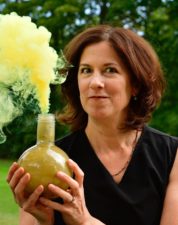
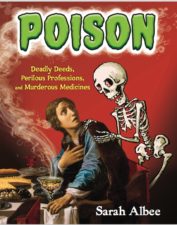
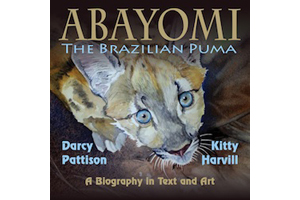


 Candy Experiments by Loralee Leavitt
Candy Experiments by Loralee Leavitt